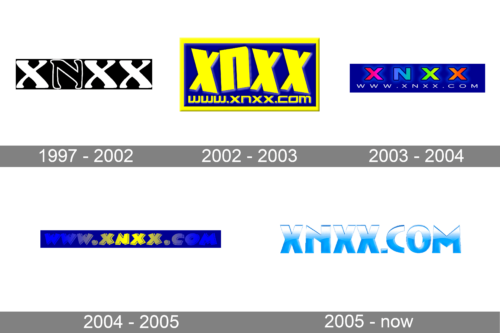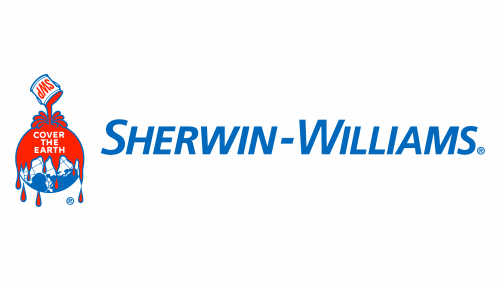
- Version
- Download 75
- File Size 20.65 KB
- File Count 1
- Create Date November 19, 2024
- Last Updated November 19, 2024
Esquire magazine, launched in 1933 and now published by Hearst Corporation, is synonymous with sophisticated masculinity. Its logo history exemplifies how the brand has continually reinvented itself while maintaining a sense of timelessness. With over 20 international editions, Esquire represents the epitome of style and contemporary culture for men worldwide.
What is the Esquire Logo?
The Esquire logo is a typographic wordmark that has evolved to embody the magazine’s ethos: modern, confident, and stylish. Known for its bold experimentation with typefaces, the logo captures the essence of the publication's commitment to redefining masculinity across generations.
1933 – 1945: The Original Handwritten Style
The debut logo featured a light and elegant handwritten script in black against a white background. Its airy, spacious design reflected the magazine's refined yet approachable character. This early wordmark set the foundation for Esquire’s focus on type-driven design.
1945 – 1955: A Bolder Take
In 1945, the Esquire logo became bolder and taller. The letters, slightly narrowed and spaced closer together, retained the original script’s essence while projecting more confidence. This redesign hinted at the bold identity Esquire would adopt in the coming decades.
1956 – 1978: The Precursor to Today’s Logo
The 1956 redesign introduced a horizontally extended, flattened wordmark with smooth and massive black letters. This version marked a significant step toward the modern Esquire identity, emphasizing strength and character while maintaining a sense of sophistication.
1978 – 1980: A Bold Experimentation
Departing from tradition, the 1978 logo used an uppercase serif typeface paired with a red banner featuring “Fort Nightly” in white capital letters. The elongated, curved tail of the "Q" added a dynamic touch. Though short-lived, this design showcased Esquire’s willingness to take risks.
1980 – 1993: A Return to Rounded Forms
In 1980, the magazine returned to its earlier style, softening the letters and introducing a more rounded, full-bodied look. While smoother and fancier, this version sacrificed some of the boldness of the 1956 logo, opting for a more approachable aesthetic.
1993 – 2017: Modern Refinement
The 1993 logo update refined the contours of the letters, creating a sleeker and more elegant design. Shortened lines and precise detailing lent a contemporary edge, making the wordmark versatile for print and digital applications. The monochrome palette remained a constant, reinforcing the brand's timeless appeal.
2017 – Today: The Iconic Wordmark
The current logo features Esquire’s signature custom font, reflecting its iconic style. The font, closely resembling Esquivel, embodies the magazine's modern and confident identity. The shift from red to monochrome aligns with the publication’s understated yet bold aesthetic.
Typeface and Typography
The Esquire logo is rendered in a custom typeface that combines modernity with elegance. Replica fonts like Esquivel capture its essence. Throughout the magazine, clean sans-serif fonts such as Brandon and Embauhaus complement the logo, while Mercury and custom Granger fonts are used for subheadings, balancing classic and contemporary styles.
Colors: Monochrome with Occasional Red Accents
For much of its history, Esquire used red as its primary color, symbolizing energy and passion. In recent years, the magazine has shifted to a monochrome palette, reflecting minimalism and sophistication. This transition appeals to modern audiences while maintaining a connection to its storied past.
- Black: Timeless sophistication and authority
- Red (historically): Boldness and vitality
- Gray: Balance and modernity
Esquire’s logo evolution mirrors its role in shaping contemporary culture, consistently redefining what it means to be a modern man.
| File | Action |
|---|---|
| Esquire-logo-768x461.png | Download |








